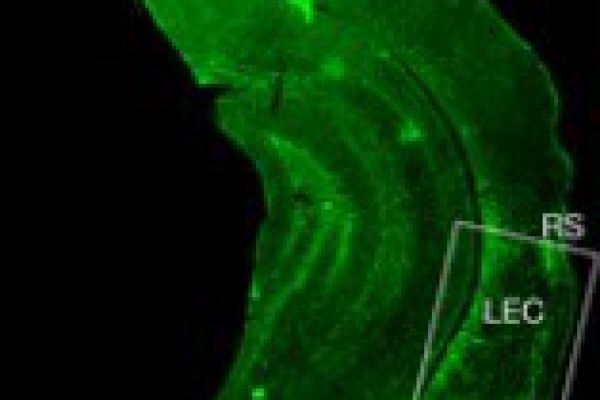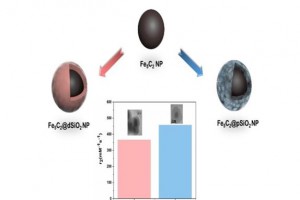Neurobiological Substrates of Associative Memory
It has happened to all of us, with no doubt, to remember a memory by smelling a certain smell or listening to a piece of music. This mental ability is called associative memory, which is able to generate an association between several apparently unrelated phenomena. The initial studies of this type of memory date back to the 19th century. Later studies showed that this memory is in the medial temporal lobe. But recently, a study at the University of California went one step further and investigated the type of neurons involved in this memory.
In this study, electrophysiological and optogenetic recording methods were used in mice. In this experiment, rats learned to associate an odor with a certain reward. Based on the findings of this research, cells in the lateral entorhinal cortex known as fan cells play a significant role in the formation of associative memory. Also, the neurotransmitter involved in this process is dopamine. When the researchers blocked the activity of these cells and the dopamine signals, new associated memories were not formed, while previously associated memories remained intact.
Since associative memory is seriously impaired in some neurodegenerative diseases such as Alzheimer's, understanding the neurobiological mechanism of this memory and using it in the treatment process could slow down its loss in people suffering from these diseases.





Related Posts